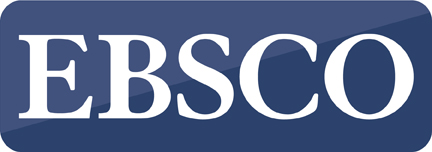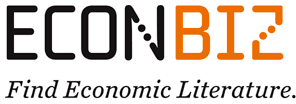Optimizing the company's portfolio by using linear programming to introduce private-label products
DOI:
https://doi.org/10.5937/StraMan2400014KKeywords:
Profitability calculation, private label, linear programming problem, portfolio optimization, retail sectorAbstract
Abstract
Background: The beginning of the new millennium brings the emergence of several different trends in the industry. The development of information and communication technologies causes changes in consumers' lifestyles, which requires implementing an omnichannel sales strategy. Increasing competition and market concentration create a need to develop innovative business models for leading retail chains. More than just the traditional marketing mix elements need to be present to achieve the desired business results. Creating "own branded products" appears to be an essential goal of companies in the retail trade.
Purpose: The paper aims to determine whether one of the decisive motives for using “Private label,” the achievement of a higher level of profit, is stated while ensuring a better negotiating position for the company in modern marketing channels.
Study design/methodology/approach: The paper compares the business results before and after using "private label" items within the range of the observed companies by calculating the gross and net profit margins. The optimal solution of the business models is reached using linear programming methods, which will maximize retail companies' overall profitability.
Findings/conclusions: The results of empirical research showed that the company increased its realized profit by introducing the three "Private label" products. Thus, the initial hypothesis that the introduction of a private trademark improves the overall level of profit is verified.
Limitations/future research: This research's limitations are caused by the fact that it was conducted in one market. The general validity of the conclusions should be tested in other geographic areas and markets of other product categories.
Downloads
Published
Issue
Section
License
Copyright (c) 2024 Đorđe Kotarac, Zoran Popović, Petković Goran, Blaženka Knežević

This work is licensed under a Creative Commons Attribution 4.0 International License.













